Earth Overshoot Day Ecological debt, What is it and why does it matter? The Morning Sri
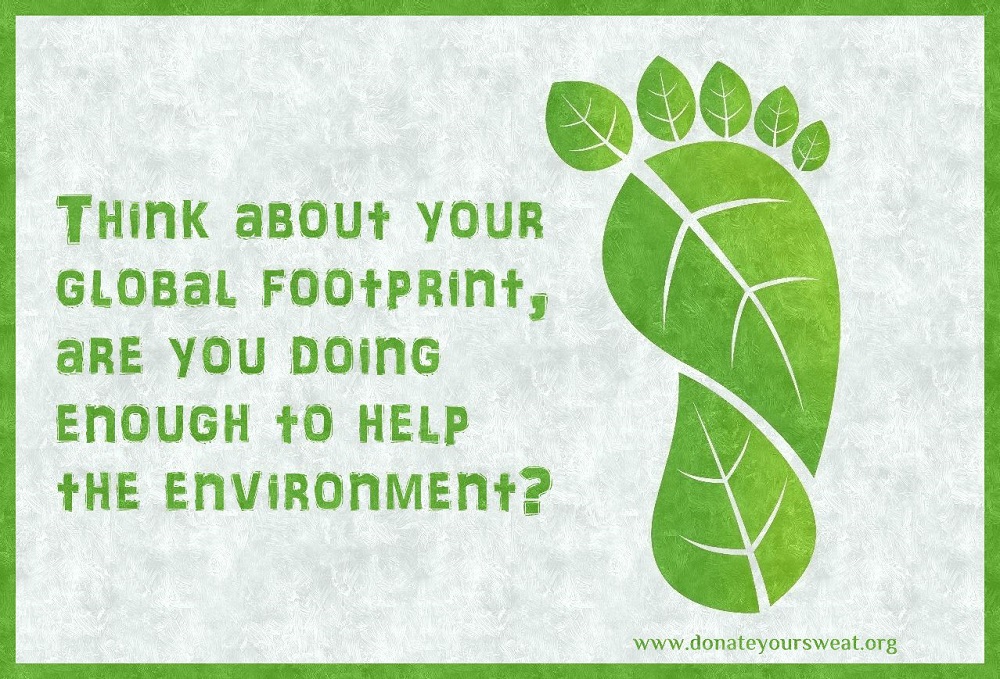
EcologicalDebtDay Donate Your Sweat
Our ecological debt gets worse every year, Earth Overshoot Day data shows. Global warming, deforestation, soil erosion and depletion of water resources are just some of the impacts of accumulating "ecological debt." We've failed again. It's less than eight months into 2016 and the ominous day is already nearly upon us: Earth Overshoot Day.

Voluminous Text, 3D Illustration, World Environmental Debt Day Stock Illustration Illustration
To find the Ecological Debt Day for each year, the Global Footprint Network calculates the ratio of the planet's available biocapacity to the global demand on nature in that year. Then they.

Earth Overshoot Day Ecological debt, What is it and why does it matter? The Morning Sri
Earth Overshoot Day, calculated by the Global Footprint Network, illustrates the imbalance between human consumption and Earth's capacity to renew resources. It's the date on which humanity's ecological footprint - the sum of carbon emissions, overuse of forests, and depletion of fisheries - surpasses the Earth's biocapacity.

Dzień Długu Ekologicznego (Ecological Debt Day, Earth Overshoot Day) Włącz oszczędzanie
Earth Overshoot Day is computed by dividing the planet's biocapacity (the amount of ecological resources Earth is able to generate that year), by humanity's Ecological Footprint (humanity's demand for that year), and multiplying by 365, the number of days in a year. How does this year's date compare to that of previous years?
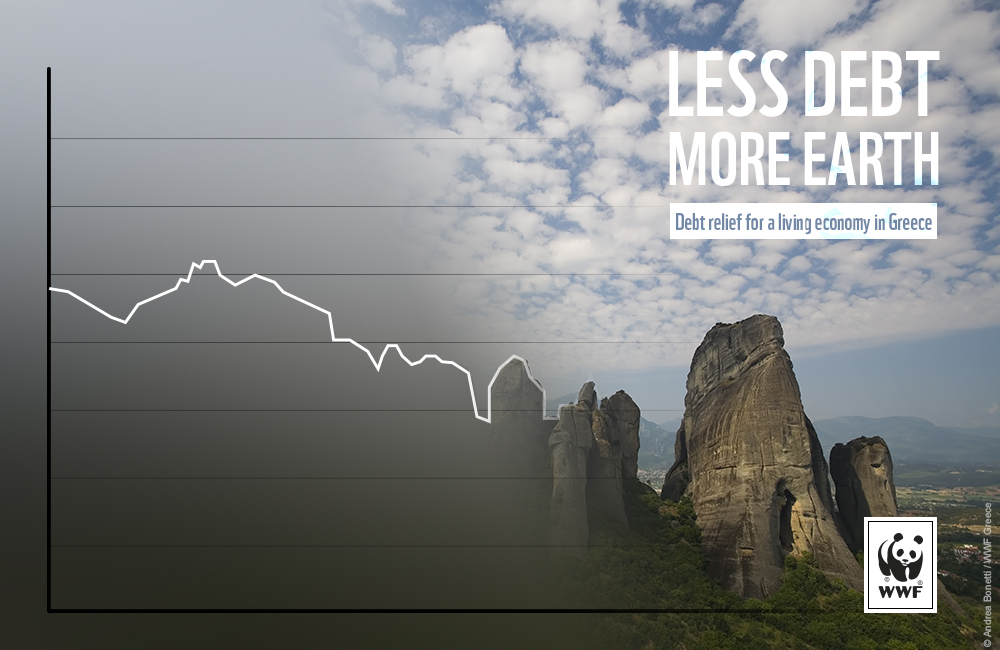
WWF opens dialogue on green debt relief for a living economy in Greece Less Debt More Earth
Earth Overshoot Day, also known as Ecological Debt Day, marks the date on which humanity's demand for resources in any given year surpasses the Earth's capacity to regenerate those resources that year. Having extrapolated all the data analyzed, it was determined that this year it falls on July 28.

Earth Overshoot Day Ecological debt, What is it and why does it matter? The Morning Sri
As usual, these calculations show that all countries do not contribute equally to the world's ecological debt. If all of humanity lived like the French, Overshoot Day would have been reached on May 5.

WWF The world lives in ecological debt borrowing from tomorrow
It means that for the rest of the year, we are expanding our ecological deficit by using up local resources and pumping greenhouse gases into the atmosphere. This year, Earth Overshoot Day falls on August 2. — Today marks the day when humanity's resource consumption exceeds the Earth's capacity to regenerate those resources for the year.

Ecological Debt The Health of the & the Wealth of Nations Buy Ecological Debt The Health
Ecological debt is defined as the level of resource consumption and waste discharge by a population which is in excess of locally sustainable natural production and assimilative capacity.

Earth Overshoot Day, August 2, previously known as Ecological Debt Day, is the date on which
We busted Earth's budget! In 2023, Earth Overshoot Day falls on August 2. Earth Overshoot Day marks the date when humanity has exhausted nature's budget for the year. For the rest of the year, we are maintaining our ecological deficit by drawing down local resource stocks and accumulating carbon dioxide in the atmosphere.
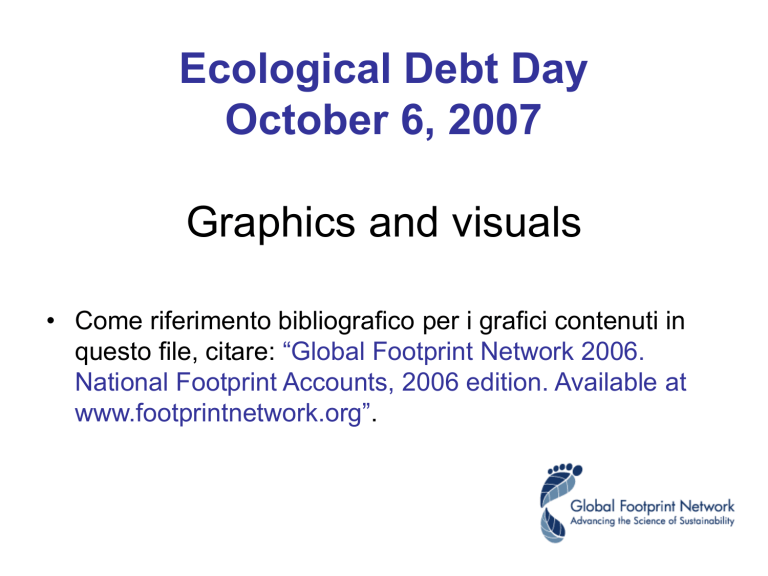
Ecological Debt Day October 6, 2007
Ecological debt refers to the accumulated debt seen by some campaigners as owed by the Global North to Global South countries, due to the net sum of historical environmental injustice, especially through resource exploitation, habitat degradation, and pollution by waste discharge.
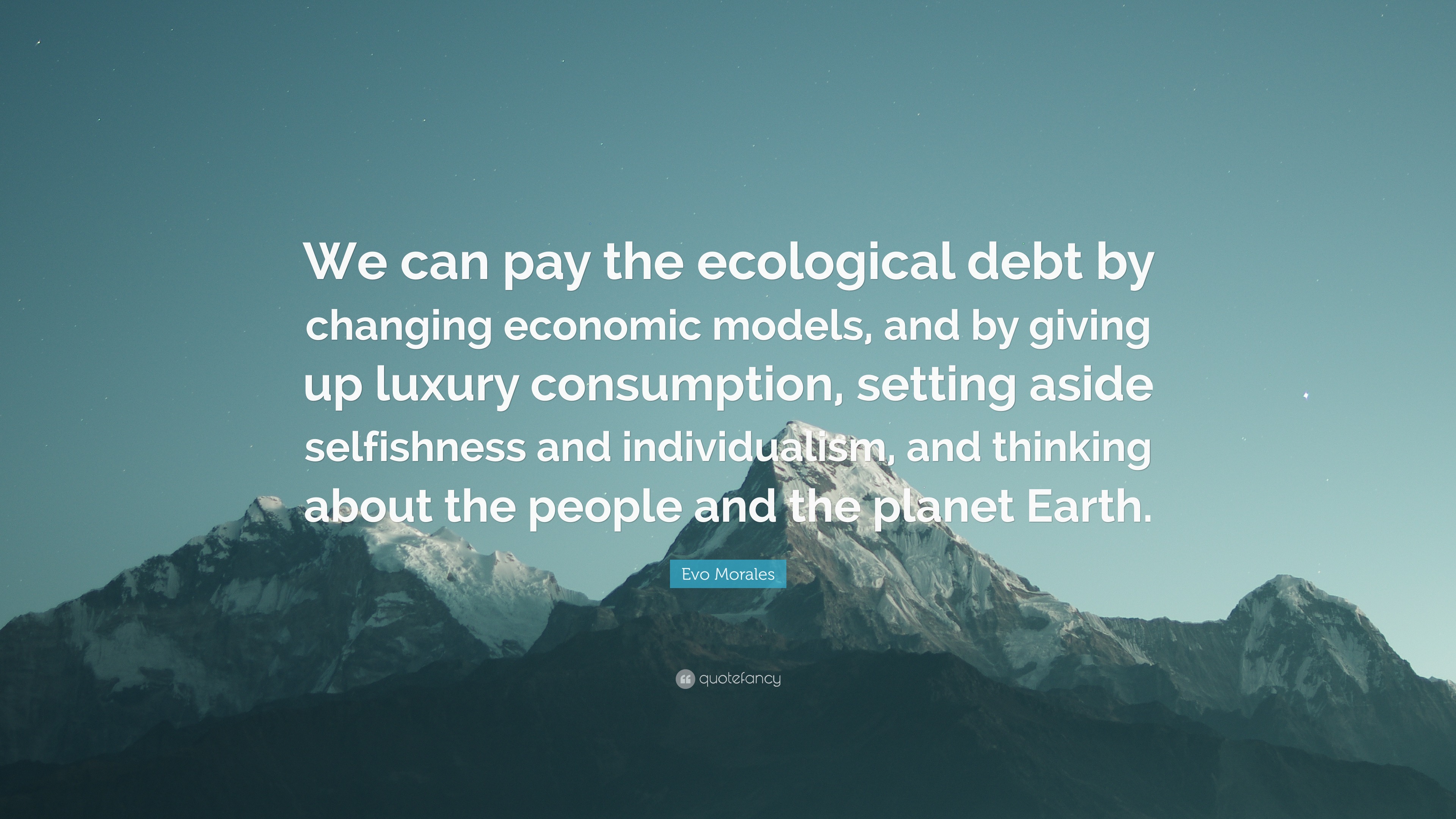
Evo Morales Quote “We can pay the ecological debt by changing economic models, and by giving up
A region in ecological deficit meets demand by importing, liquidating its own ecological assets (such as overfishing), and/or emitting carbon dioxide into the atmosphere. At the global level, ecological deficit and overshoot are the same, since there is no net import of resources to the planet. History

Earth Overshoot Day Ecological debt, What is it and why does it matter? The Morning Sri
EOD is calculated by dividing the world biocapacity (the amount of natural resources generated by Earth that year), by the world ecological footprint (humanity's consumption of Earth's natural resources for that year), and multiplying by 365 (366 in leap years), the number of days in a year:

Earth Overshoot Day Ecological debt, What is it and why does it matter? The Morning Sri
"Earth Overshoot Day," also called "Ecological Debt Day," is arriving earlier each year since it was first calculated in 1987, roughly three days earlier each year since 2011. Global Footprints says this trend is unequivocal since "Human consumption began outstripping what the planet could reproduce" in the mid-1970s.

Earth Overshoot Day Ecological debt, What is it and why does it matter? The Morning Sri
A country's overshoot day is the date on which Earth Overshoot Day would fall if all of humanity consumed like the people in that country. Country overshoot days are published on January 1 st of each year. In order to meet this publication deadline, the 2023 country overshoot days were calculated in December 2022 using the 2022 edition of the National Footprint and Biocapacity Accounts.
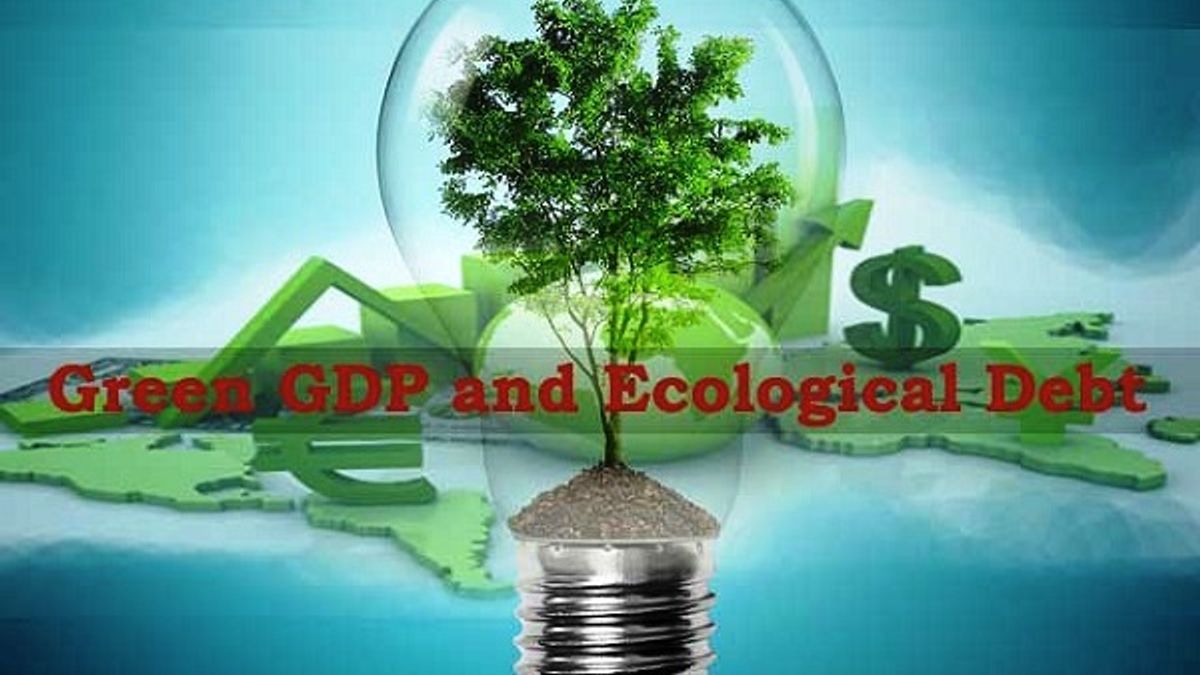
Do you know the concept of Green GDP and Ecological Debt
We're going into ecological debt. Less than eight months into 2015, humans have already consumed a year's worth of the Earth's resources. Ecological Debt Day, or Earth Overshoot Day, falls on Thursday and marks the point in the year when "humanity's annual demand for the goods and services that our land and seas can provide -- fruits and.

PPT The Uk’s Ecological Debt PowerPoint Presentation, free download ID3449841
This year, humanity is entering into "ecological debt" starting from August 2 and will remain so for 151 days, according to calculations by the North American organization Global Footprint Network.